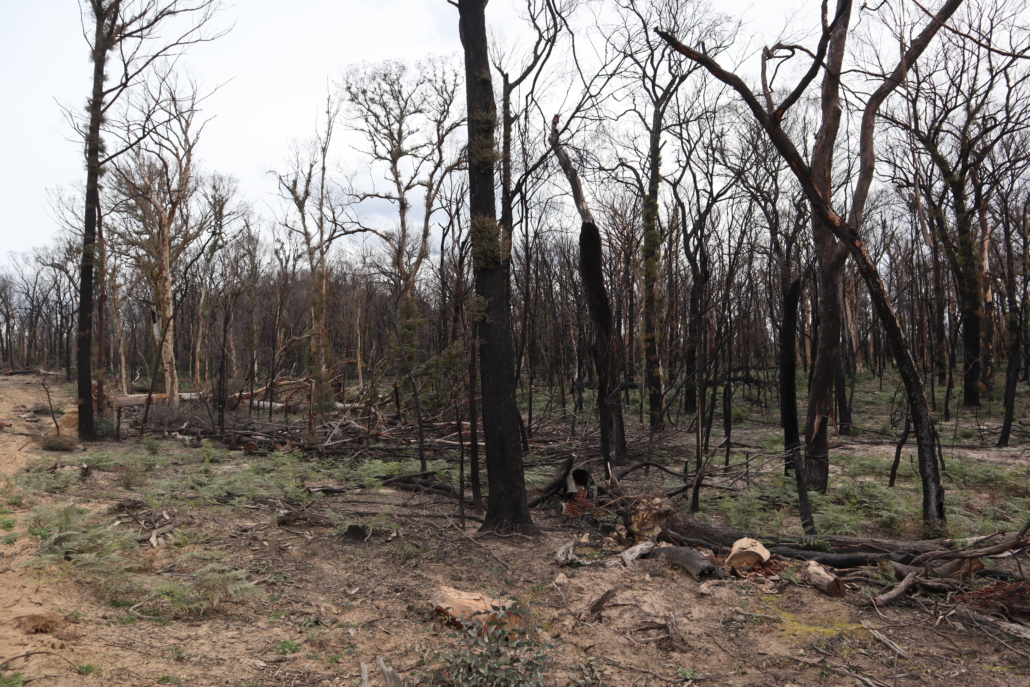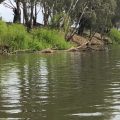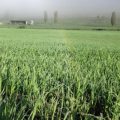It’s Time to Tick off Your Fire Safety Checks!
Published 2nd December 2022. Written by Maddison O’Brien
Summer is here, and as the weather warms up and starts to dry things out, it’s time to make sure you and your property are ready for the risk of bushfire. What is your bushfire plan? Now is the time to go over your plan and ensure everything is in order should a bushfire threaten your home. Your safety and the survival of your home and infrastructure in the case of a fire will depend on the actions you take to get prepared. A well-prepared home can decrease the risk of fire spreading to neighbouring properties and is more accessible for firefighters to defend.
Minister for Emergency Services and Resilience and Minister for Flood Recovery Steph Cooke reminds people to prepare their homes and ensure their bushfire survival plan is up to date. “Wet weather may have reduced the immediate risk of fires, but it only takes a few days of hot, dry and windy conditions for vegetation to dry out and the fire danger to return, which is why it’s so important to get ready now,” Ms Cooke said.
For rural and remote landholders, it is imperative to have a fire safety plan in place and take action to reduce the fire risk. Each property is unique and will require a tailored strategy to manage fire risk. Some general things to tick off the list are; managing vegetation around buildings, assets and infrastructure and ensuring access gates and tracks have clearance to allow a fire truck access to your home and property. Clear any debris or overhanging tree branches from access roads and clear fire breaks along paddock boundaries. Access to water in the case of a fire is paramount, place water pipes from dams underground and install a pump to the house. Ensure all hoses are equipped with spray nozzles and keep water tanks full where possible.

The Landscape is only just beginning to recover from drought and the Black Summer bushfires, but it’s now time to prepare and protect our homes this Summer. Photo by Claudia Wythes
Steph Cooke reminds us, “Grassfires move three times faster than bushfires and are our greatest threat across the State this summer.” Managing fuel loads in paddocks can be done by slashing and utilising rotational grazing. Controlled burns are also an option for landholders with the required permits and approvals. Along with preparations at home, people should also familiarise themselves with their local RFS contacts and monitor fire risk conditions. Stay informed with apps like ‘Fires Near Me NSW’, tune into your local radio and watch fire danger ratings on the RFS website.
After such a wet season, we may be tempted to be more relaxed about fire preparedness, but recent warm weather and winds have proven how fast things can dry out. Don’t get caught out! Make sure to visit rfs.com.au to find bushfire plan templates, guides, and fact sheets to ensure you give your property the best chance at surviving in the case of a bushfire this Summer.








